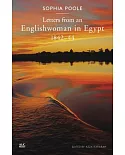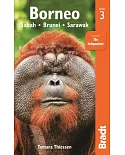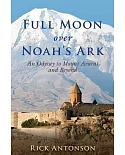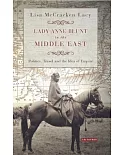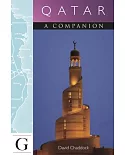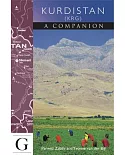Literary Nonfiction. Southeast Asia Studies. Korea's largest island, Jeju, forms a roughly oval shape stretching 75 kilometers from east to west and 41 kilometers, at its widest, from north to
south. It is located off the southernmost coast of Korea, lying between China and Japan. The four seasons are distinct, though the climate is mild. The temperature rarely falls below freezing
in winter, except at the summit of Mt. Halla. Now the recipient of UNESCO designation in three categories of natural science, and a finalist in the international New 7 Wonders of Nature
campaign, Jeju is also renowned for its ecology. Forged by volcanic activity, the island has a wealth of natural phenomena and a 5,000-year history of human civilization in harmony with
nature.
"There is a certain melancholy about the island. We don't know where it comes from, but the feeling holds you. Perhaps it's the wind, and the grayish green tint that impregnates everything, the
rocks, the tree trunks, the springs and even the sea. In Jeju, that feeling is even stronger than usual. You're at the edge of the world, as they say. At the door between the infiniteness of
the Pacific Ocean and the vastness of the most extensive and populous continent on the planet. A door or a mural."��. M. G. Le Cl矇zio, Nobel Laureate in Literature


